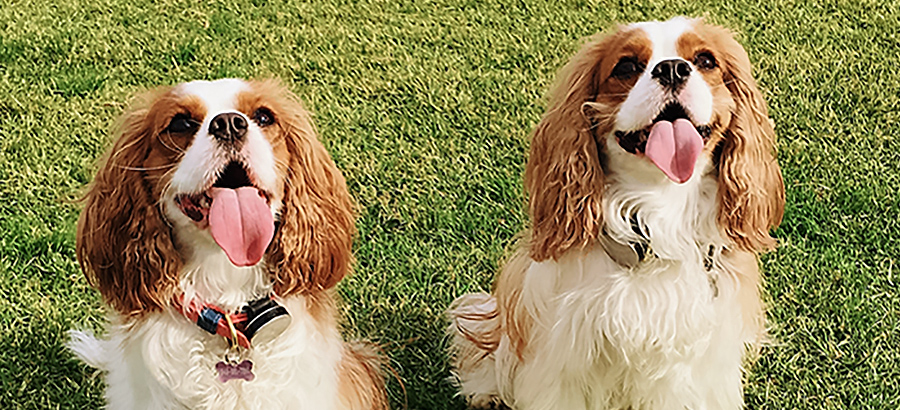The Importance of Avoiding Harmful Algae and Cyanobacteria

Warnings about the dangers of blue-green algae have recently re-appeared in the news following the latest Centers for Disease Control and Prevention report announcing that increasing numbers of people are getting sick and animals are dying each year from exposure to the toxic algae.
While there have been no human deaths, the report shows the toxic effects of Harmful Algal Blooms (HABs) are almost always lethal for animals and even carried a 92% mortality rate of the 2,715 animal cases of illness reported in 2021. The animals most affected were dogs, cattle and bats, according to the CDC.
Animal illnesses and deaths occurred primarily when HAB events peak in August and among the cases, 90% of blooms occur in lakes, reservoirs and other fresh waters. HABs emerge from the rapid growth of algae or cyanobacteria — also known as blue-green algae. It’s commonly confused with regular green algae (which is not lethal) because both can create dense material on the water’s surface and might even have a similar look and smell. However, dogs that swim or play in natural bodies of water may easily come into contact with dangerous blue-green algae and can die within a matter of minutes, hours, or days of exposure to it. For this reason, we strongly recommend curtailing all natural and non-treated water activities for your Cavalier King Charles Spaniels – the risk is simply too great.
If you suspect your dog has been exposed to blue-green algae, take him or her to both a veterinarian immediately AND consult with an animal poison control center, because not all vets have vast experience with algae poisoning. For more information about the hazards of blue-green algae, CLICK HERE to read more information from the CDC and CLICK HERE to read a very informative article on the Pet Poison Helpline’s website.
You Might Also Enjoy These Posts…
































